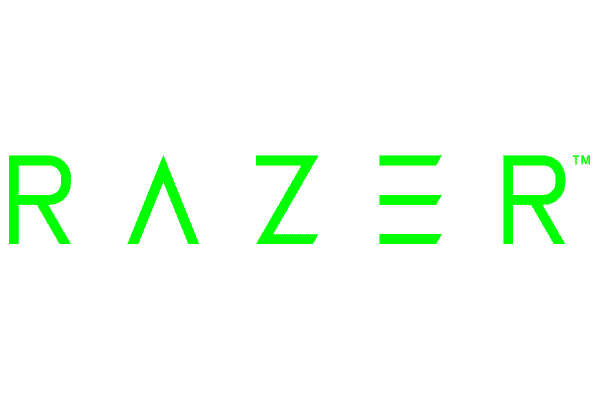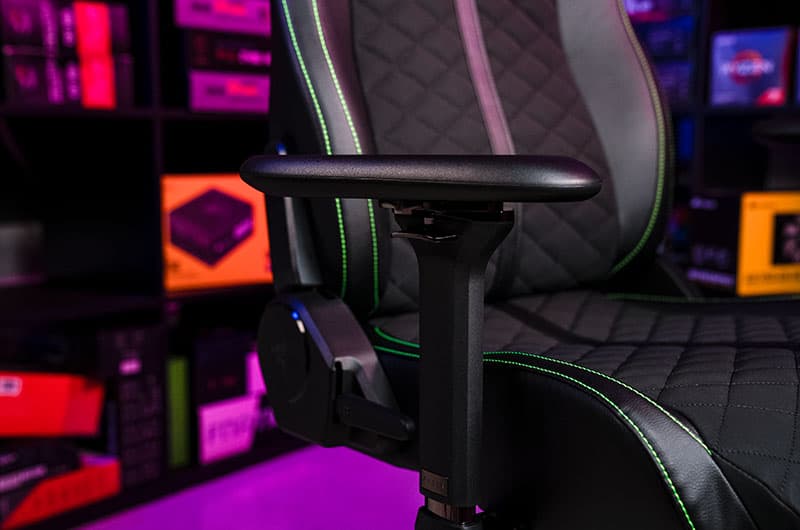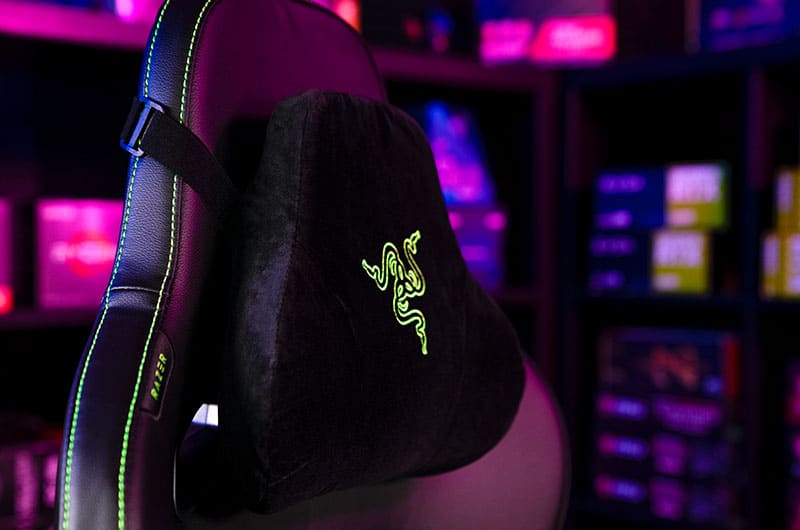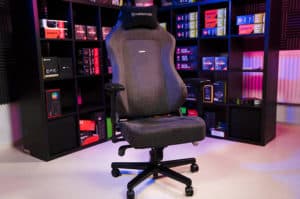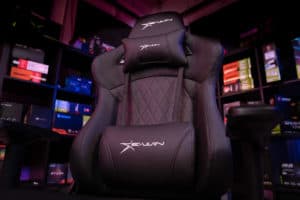Razer Enki Review: Razer takes aim at the premium gaming chair market
Will the Razer Enki be a paragon of posture? Or a comfort catastrophe? We take a seat in Razer's new gaming chair
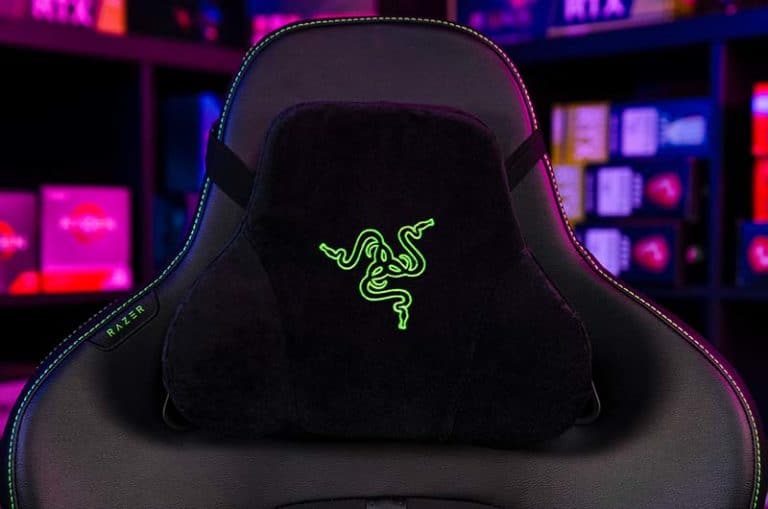
Razer has skilfully infiltrated almost every aspect of the gaming peripheral space. They have released well-received mice, keyboards, controllers, the list truly does go on. Their gaming peripherals have impressed us for many years now. Razer entered the gaming chair market in October of 2020 with the Razer Iksur, which was a premium offering with adjustable lumbar support that was received positively.
The gaming chair market is a competitive place, with a huge range of gaming focussed designs, ranging from premium offerings from companies like Secretlab and noblechairs to budget-oriented products from Brazen and RESPAWN. Enter the Enki, a lower-cost alternative to the Iksur that retains a focus on posture and ergonomics. Let’s see if it can stack up against the stiff competition in our Razer Enki gaming chair review.

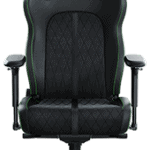
- Easy construction
- Professional aesthetic
- Flawed neck pillow design
- Lack of adjustable lumbar support
- Disappointing for the price
Assembly
Razer has provided brilliantly named ‘construction gauntlets’ to help you with the assembly. They aren’t really useful or worthwhile for building the chair, but they did amuse everyone in the office, so that’s a nice bonus. In all seriousness, you should avoid using these during assembly as they are incredibly slick and will only make you drop parts of your new chair on the floor.
Once the pointless construction gauntlets were disposed of, the assembly was impressively smooth. Razer has helpfully pre-threaded the screws eliminating the possibility of inadvertently messing up the locations and stripping a thread. It’s easy to do alone, but an additional person to brace the seatback while you bolt it into position is helpful. It comes with a hex key tool, meaning you need no additional tools for assembly. A locking bolt to prevent the trapping of fingers, like the one included with Sectretlab chairs, would have been a nice addition to the experience. Overall it ranks very highly in terms of speed and ease of build.
Build Quality
The Razer Enki is best described as inconsistent. After spending a while with the chair you get the feeling that the material cost was spread unequally. The seat base feels nice, but feels like it lacks longevity. The armrests feel cheap and are positioned curiously far forward. They are adjustable in height, angle, and move backwards and forwards, but even positioned as far back as possible they seem weirdly far away from the seatback, which has the knock-on effect of forcing your shoulders forward if you intend on resting your arms on the arm-rests.
The plastic shrouding that covers the moving parts and fixtures looks premium but flexes easily under slight pressure and the castors are extremely stiff out of the box. They will loosen over time of course, but for this price point you shouldn’t have to wait for the product to feel nice. This is the main takeaway in terms of build quality: decent, but falls short of par for the $400 price.
Design
Visually the Enki is unremarkable in terms of gaming chairs. The overall profile is typical of gaming chairs with a tall, wide seatback that curves round at an angle of 110 degrees to support the shoulders. The main contact surfaces are upholstered in a faux suede-esque material that feels premium to the touch but we suspect will wear fairly quickly. The rest of the chair is standard fake leather, including a strip bisecting the suede. According to Razer’s marketing materials, this is to benefit the comfort of your spine. We’ll see about that.
The perimeter of the chair is lined by vivid green stitching to remind you you’re sitting in a Razer product. The memory foam neck cushion (not included with the X variant) is emblazoned with Razer’s triple snake logo in the same bright green. Overall, this chair is relatively light on the marketing, which is always a plus.
Aside from the obligatory green highlights, the chair looks understated and dare we say, professional. Thankfully Razer has chosen to remove the ‘For Gamers, By Gamers’ slogan from the front of the seat that was present on their previous offering, the Iksur. This results in a cleaner, less in-your-face aesthetic which will appeal to a wider audience.
Comfort
The chair feels pretty good as you first take a seat, with a firm base that flexes nicely when pressure is applied and the back is similarly cushioned, but with slightly less give which is good for posture as it prevents slouching. The neck pillow causes a large number of issues in terms of comfort and posture control. The pillow itself is fine, but the strap positions it at a fixed height. This means it’s only in the correct position for neck support for people of a certain, and very small range of heights. From our experimentation, this is somewhere between 5’4” and 5’7”, which excludes the average height range for male gamers. Considering this is their main demographic, such a design oversight is maddening, and given the price, unforgivable. The strap can be unclipped to provide a small amount of adjustment but this has the knock-on effect of it constantly moving up and down.
For the price point, you’d expect more adjustability of the comfort options for the chair. There is no option to adjust the lumbar support, where other similarly priced gaming chairs such as the Secretlab Titan Evo 2022 allow height and intensity adjustment, which can really make a difference in terms of comfort and healthy posture. The height, tilt, and seatback angle can all be adjusted with an impressive range of 152 degrees. The angle adjustment is impressive and wide-ranging, but the adjustment in terms of posture is underwhelming.
The armrests were briefly mentioned earlier, but it’s worth going into more detail. They are adjustable in terms of height, swivel, and can be moved forwards and backwards to match your seating preferences. However, they are mounted so far forward that even when adjusted all the way back they leave your elbows hanging out in no man’s land, alone and unsupported. The padding on the armrests is agreeably squishy, but the upholstery isn’t particularly soft against the skin and can be uncomfortable for extended sessions in a short-sleeved top.
Final Verdict
We were slightly disappointed with the Razer Enki. It offers average comfort, and there are some missteps in the build quality. The ergonomic posture controls lack adjustability and are confusingly designed. Specifically, the neck pillow only works for people of a specific and tight range of heights. The building experience is simple and clearly designed with ease of building in mind, once you stop laughing at the construction gauntlets.


WePC is reader-supported. When you buy through links on our site, we may earn an affiliate commission. Prices subject to change. Learn more

